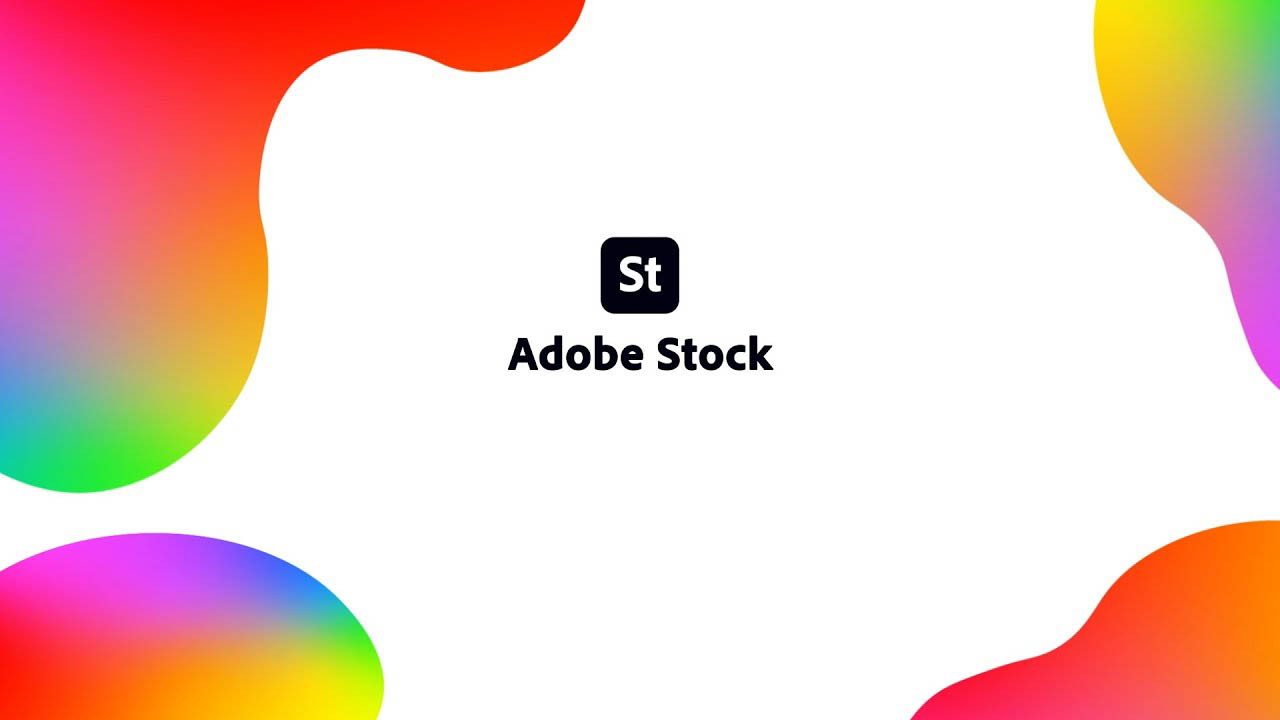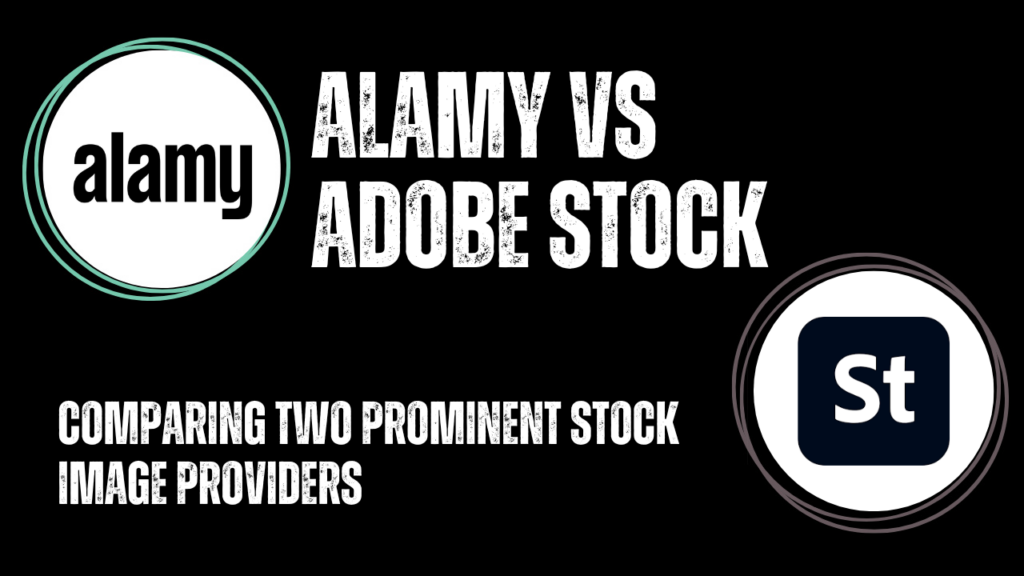Introduction
Stock image providers play a vital role in various industries, providing access to a vast array of high-quality visual content for creative projects. Among the prominent stock image providers are Alamy and Adobe Stock. These platforms offer a wide range of images, illustrations, and graphics to cater to the diverse needs of designers, marketers, and content creators.
Alamy is a reputable stock image provider known for its extensive image collection and flexible licensing options. It has garnered a substantial customer base and offers competitive pricing and commission rates for contributors. On the other hand, Adobe Stock, a division of Adobe, is recognized for its seamless integration with the Adobe Creative Cloud suite, providing a seamless workflow for users. It boasts a vast image collection, strong brand recognition, and reliable licensing and royalty management for contributors.
Also Read This: 2022 Women's Royal Rumble Winner Revealed
Alamy
Alamy is a prominent stock image provider known for its extensive image collection and flexible licensing options. It offers a wide range of visual content, including photographs, illustrations, vectors, and more. One of the key advantages of using Alamy is the vastness and diversity of its image collection, making it suitable for a wide range of creative projects. Alamy provides various licensing options to cater to different needs. Customers can choose from rights-managed licenses for more specific usage requirements or opt for royalty-free licenses for more flexibility. This allows users to find the appropriate licensing terms that align with their project's budget and usage requirements.
For contributors, Alamy offers competitive pricing and commission rates. Contributors have the potential to earn a fair share of the revenue generated from their images. This can be especially appealing for photographers and artists looking to monetize their work effectively. Alamy has built a global reach and a substantial customer base. This increases the exposure and potential sales opportunities for contributors, allowing them to reach a wide audience of potential buyers across various industries and regions.
There are considerations and limitations when using Alamy. The platform maintains strict quality control measures, ensuring that only high-quality and commercially viable images are accepted. This can be both an advantage and a challenge for contributors, as it guarantees a certain level of quality but may require additional effort to meet the submission guidelines.
[caption id="attachment_187382" align="alignnone" width="1640"] Alamy[/caption]
Alamy[/caption]
Additionally, Alamy may have limited integration with other design tools or platforms compared to some competitors. This means that users may need to download and manage the images separately, potentially creating additional steps in their workflow. Despite these considerations, many users have found success and satisfaction with Alamy. It has a loyal community of contributors and offers opportunities for photographers, artists, and designers to showcase and sell their work to a global audience.
Alamy is a reputable stock image provider with an extensive collection, flexible licensing options, and competitive pricing and commission rates. However, contributors should consider the strict quality control measures and potential limitations in integration with other design tools. By carefully assessing these factors, individuals can determine if Alamy is the right stock image provider for their creative projects.
Also Read This: Delicious Oreo Cake Recipe You Canât Resist
Adobe Stock
Adobe Stock, a division of Adobe, is a prominent stock image provider that offers a wide range of visual content for creative projects. With its integration into the Adobe Creative Cloud suite, Adobe Stock provides a seamless workflow for users, making it a convenient choice for designers and creatives already utilizing Adobe's design tools.
One of the key advantages of using Adobe Stock is its extensive image collection. With millions of high-quality images, illustrations, vectors, videos, and templates, Adobe Stock offers a diverse range of content to meet various creative needs. This vast collection ensures that users can find the perfect visuals for their projects, saving time and effort in searching for suitable assets.
[caption id="attachment_187384" align="alignnone" width="1280"] adobe stock[/caption]
adobe stock[/caption]
Adobe Stock also provides seamless licensing and royalty management for contributors. This means that photographers and artists can easily upload and monetize their work on the platform, with Adobe handling the licensing and royalty distribution process. This streamlined system simplifies the process for contributors, allowing them to focus on creating and uploading their content. Another strength of Adobe Stock lies in its strong brand recognition and reputation.
As part of the Adobe suite, Adobe Stock benefits from the trust and reliability associated with the Adobe name. This can provide peace of mind for users, knowing that they are accessing a reputable and established platform for their stock image needs. There are considerations and limitations when using Adobe Stock. The pricing for Adobe Stock may be higher compared to some competitors, which could impact budget-conscious users. Additionally, contributors may face stricter quality standards, as Adobe Stock maintains high-quality control to ensure a consistent level of excellence across their image library.
Another factor to consider is the potential competition from the vast contributor base on Adobe Stock. With numerous photographers and artists contributing their work, it may require additional effort to stand out and generate sales among the extensive pool of available content.
Despite these considerations, Adobe Stock has received positive feedback from users who appreciate its integration with Adobe Creative Cloud, extensive image collection, and reliable licensing system. Adobe Stock offers an extensive image collection, seamless integration with Adobe Creative Cloud, and a reputable brand. Users can benefit from the convenience and streamlined workflow within the Adobe ecosystem. However, users should be mindful of pricing, potential competition, and the strict quality standards imposed on contributors. By carefully assessing these factors, individuals can determine if Adobe Stock aligns with their creative needs and preferences.
This video explain Adobe Stock:
Also Read This: How to Make a Contract Template in ShootProof
Comparison and decision-making factors
When comparing Alamy and Adobe Stock as stock image providers, several key factors should be considered to make an informed decision. Evaluating these factors will help individuals determine which platform best aligns with their specific needs and goals. The following factors are important to consider:
1. Image collection and variety: Assess the size, diversity, and quality of the image collections offered by Alamy and Adobe Stock. Consider whether the platforms offer the specific types of visuals and content that are relevant to your projects.
2. Licensing options and pricing structure: Evaluate the licensing options provided by each platform and determine if they meet your usage requirements and budget. Compare the pricing structures, including any subscription plans or credits offered, to determine which offers the most cost-effective solution for your needs.
3. Integration with design tools and platforms: Consider the integration capabilities of the stock image providers with your preferred design tools and platforms. If you heavily rely on Adobe Creative Cloud applications, Adobe Stock's seamless integration may be advantageous. Evaluate how well the stock image provider integrates into your existing workflow.
4. Brand recognition and reputation: Assess the brand recognition and reputation of Alamy and Adobe Stock. Consider the credibility and trust associated with each platform and how that may impact your confidence in using their services.
5. Contributor experience and earnings potential: If you plan to contribute your own images to the platform, evaluate the contributor experience and the potential for earnings. Consider the ease of uploading and managing your content, as well as the commission rates and royalty distribution systems offered by each platform.
By carefully evaluating these factors, individuals can make a well-informed decision when choosing between Alamy and Adobe Stock. It is important to align the chosen stock image provider with your specific needs, such as the required image variety, licensing options, integration capabilities, brand recognition, and potential earnings as a contributor. Taking these factors into account will contribute to selecting the platform that best supports your creative projects and business objectives.
[caption id="attachment_187387" align="alignnone" width="1500"] Comparison and decision-making factors[/caption]
Comparison and decision-making factors[/caption]
Also Read This: Design Aesthetic Templates Using Canva
FAQ:
1. What are the different licensing options available on Alamy and Adobe Stock?
Alamy offers a wider range of licensing options than Adobe Stock.
- Alamy's licensing options include:
- Standard: This is the most basic licensing option and allows buyers to use the image for personal or commercial purposes.
- Enhanced: This licensing option gives buyers more usage rights, such as the ability to use the image in print and online advertising.
- Extended: This licensing option gives buyers the most usage rights, such as the ability to use the image in marketing materials and product packaging.
- Adobe Stock's licensing options include:
- Standard: This is the most basic licensing option and allows buyers to use the image for personal or commercial purposes.
- Extended: This licensing option gives buyers more usage rights, such as the ability to use the image in print and online advertising.
2. What are the different ways to earn money from selling photos on Alamy and Adobe Stock?
Photographers can earn money from selling photos on Alamy and Adobe Stock in two ways:
-
- Royalties: Photographers earn royalties on every sale of their images. The amount of royalties that photographers earn depends on the licensing option that the buyer chooses.
- Subscriptions: Photographers can also earn money from Alamy's subscription service. Alamy's subscription service gives users access to a library of millions of images, and photographers earn a share of the subscription fee for every image that is downloaded.
3. What are the different ways to promote my photos on Alamy and Adobe Stock?
There are a few different ways to promote your photos on Alamy and Adobe Stock:
-
- Use relevant keywords: When you upload your photos, make sure to use relevant keywords. This will help buyers find your photos when they are searching for images.
- Categorize your photos: Alamy and Adobe Stock allow you to categorize your photos. This can help buyers find your photos when they are browsing by category.
- Submit your photos to contests: Alamy and Adobe Stock often run contests for photographers. If you win a contest, your photos will be featured on the website, which can help you get more exposure.
4. Which platform is better for me?
The best platform for you will depend on your individual needs and goals. If you are looking to reach a large market and sell your photos to businesses and media outlets, then Alamy is a good option. If you are looking for a platform that is more user-friendly and offers a variety of subscription plans, then Adobe Stock is a good option.
5. What are the future trends for selling photos online?
- The future of selling photos online is likely to be driven by the growth of mobile photography and the increasing demand for high-quality images.
- As more and more people use their smartphones to take photos, there will be a growing demand for stock photos that are high-quality and mobile-friendly.
- Additionally, the demand for creative and unique images is also increasing. As a result, photographers who can create high-quality and creative images are likely to be more successful in selling their photos online.
6. What are the benefits of selling photos on Alamy?
- Alamy has a large market reach and sells more images than Adobe Stock.
- Alamy has a more established reputation than Adobe Stock.
- Alamy offers a wider range of licensing options than Adobe Stock.
7. What are the benefits of selling photos on Adobe Stock?
- Adobe Stock is integrated with Adobe Creative Cloud, which makes it easy for users to find and use stock images in their designs.
- Adobe Stock offers a variety of subscription plans, which can be more affordable for individual users and creative professionals.
8. Which platform is better for beginners?
- Adobe Stock is a better platform for beginners because it is more user-friendly and offers a variety of subscription plans.
- Alamy is a better platform for experienced photographers who want to reach a wider market.
9. How do I get started selling photos on Alamy and Adobe Stock?
- To get started selling photos on Alamy, you need to create an account and upload your photos.
- To get started selling photos on Adobe Stock, you need to create an account and upload your photos.
10. What are the future trends for selling photos online?
- The future of selling photos online is likely to be driven by the growth of mobile photography and the increasing demand for high-quality images.
- As more and more people use their smartphones to take photos, there will be a growing demand for stock photos that are high-quality and mobile-friendly.
- Additionally, the demand for creative and unique images is also increasing. As a result, photographers who can create high-quality and creative images are likely to be more successful in selling their photos online.
Conclusion:
Choosing the right stock image provider, whether it's Alamy or Adobe Stock, is a decision that should be based on careful consideration of various factors. Both platforms offer unique features and benefits that cater to different creative needs and goals. Alamy stands out with its extensive image collection, flexible licensing options, competitive pricing, and a global customer base. It provides opportunities for contributors to showcase their work to a wide audience and earn revenue from their images.
On the other hand, Adobe Stock offers seamless integration with Adobe Creative Cloud, a vast image collection, and reliable licensing and royalty management. Its brand recognition and reputation add a layer of credibility to the platform. However, users should consider the potentially higher pricing and the competition from a large contributor base.
